Adventure Travel
Destinations
Outdoor Adventures
Wildlife and Nature
California coastal hikes, Carmel hikes, easy California hikes, Point Lobos, Point Lobos hikes, Point Lobos photography, Point Lobos State Natural Reserve, Sea Lion Point, Sea Lion Point Trail, Sea Lion Point wildlife
Sienna K
0 Comments
Sea Lion Point Trail: Scenic Coastal Walk at Point Lobos with Wildlife Views
Point Lobos State Natural Reserve—often hailed as the “crown jewel of California’s state parks”—delivers a coastal experience unlike any other, and the Sea Lion Point Trail is its most iconic short hike. This gentle 0.6-mile loop delivers dramatic ocean bluff views, turquoise coves, and the unforgettable sight of sea lions barking from offshore rocks. For families, wildlife lovers, and coastal photographers, Sea Lion Point offers an ideal half-hour escape into one of California’s most pristine marine environments.
We featured this hike in our Ultimate Guide to Easy Day Hikes in California, alongside other family-friendly coastal and forest trails. Don’t forget your binoculars or a zoom camera lens—this trail is world-class for spotting sea lions, harbor seals, playful sea otters, and even migrating gray whales.
Quick Trail Snapshot
| Feature | Details |
|---|---|
| Location | Point Lobos State Reserve, just south of Carmel-by-the-Sea |
| Distance | 0.6-mile loop |
| Elevation | ~50 feet |
| Duration | 30–45 minutes |
| Difficulty | Easy |
| Best For | Families, wildlife lovers, coastal photographers |
| Fee | $10 per car (day-use parking) |
| Season | Year-round (best wildlife viewing in spring & fall) |
Why Hike the Sea Lion Point Trail?
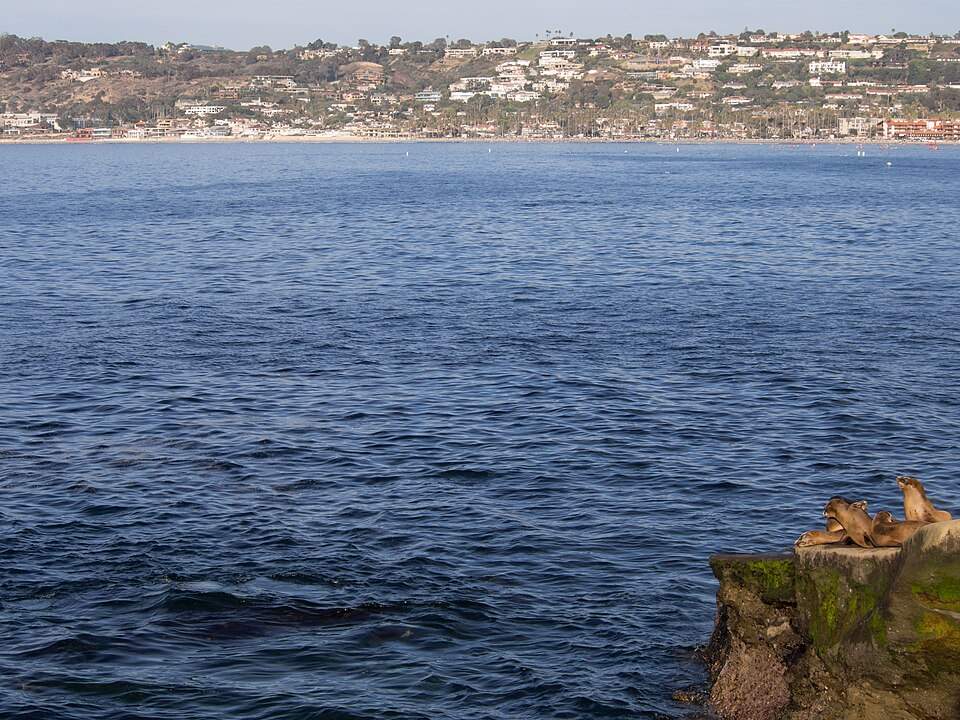
Sea Lion Point Trail packs an incredible coastal showcase into under a mile. Towering sea cliffs rise above turquoise waters where marine mammals haul out on offshore rocks and float in sheltered coves. The trail’s short, accessible loop makes it perfect for families with young children and casual visitors seeking a quick nature fix. It also serves as an introduction to Point Lobos’ larger trail network if you want to explore further.
The high probability of wildlife encounters elevates this simple walk: California sea lions and harbor seals bask just yards from the trailhead, and you might spot sea otters cracking shellfish in kelp beds below. During winter and spring, migrating gray whales pass offshore on their journey between Baja and Alaska. Binoculars, wildlife field guides, and waterproof hiking sandals combine to create a truly immersive coastal adventure.
Trail Overview – What to Expect
Getting There
Sea Lion Point sits just off Highway 1, a few miles south of Carmel-by-the-Sea. The park’s small lot fills by mid-morning on weekends and holidays, so arriving before 9 AM is wise. Pay the $10 per car day-use fee at the automated kiosk, then follow the signed path to the trailhead. Note: no food vendors or restrooms exist beyond the parking area.
The Trail Experience
The loop begins with a short boardwalk that grants instant ocean views. Follow the bluff’s edge past dramatic overlooks—Sea Lion Point itself is the first major vista, where offshore rocks host colonies of barking sea lions. Sand Hill Cove offers a more sheltered viewpoint, perfect for peering into tide pools and scanning for harbor seals. A few stairs and ramps navigate the elevation changes, but the entire route remains firmly easy.
Seasonal Highlights
- Winter–Spring: Gray whales migrate close to shore, often visible through binoculars. Storm-carved waves crash spectacularly against the cliffs.
- Spring–Summer: Sea lion pupping season concentrates mothers and pups on the rocks (though beach access is closed to protect them, you can observe from the cliffs).
- Fall: Clear skies and crisp light make photography exceptional—layers will keep you comfortable in brisk coastal breezes.
Bring a lightweight windbreaker and polarized sunglasses to cut glare off the water and stay comfortable in changing coastal conditions.
Wildlife & Photography Opportunities
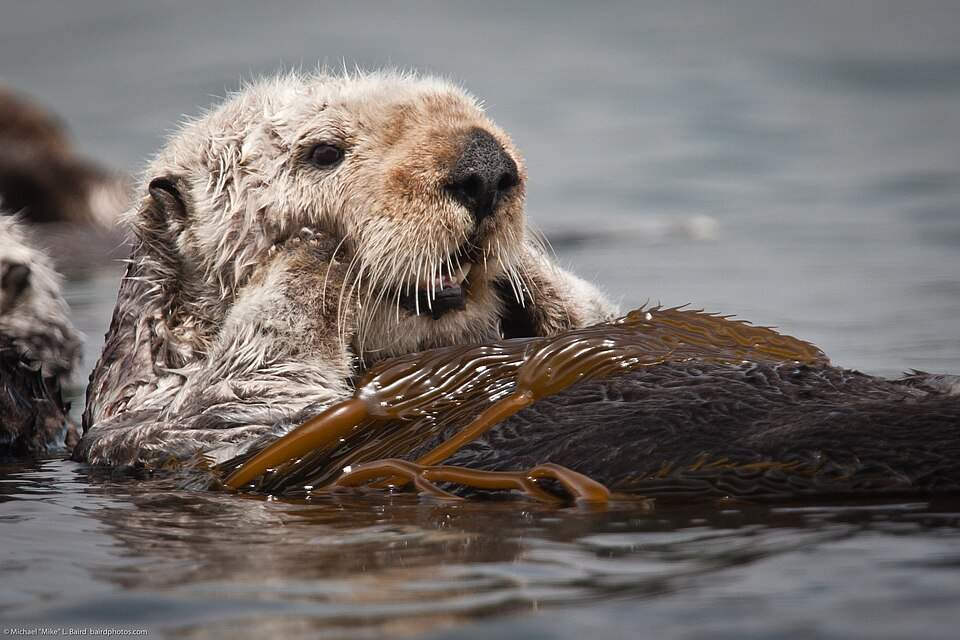
Sea Lion Point’s main draw is its wildlife. Consider these tips:
- Sea Lions & Seals: Look for colonies on offshore rocks. Bring binoculars or a telephoto lens for close-ups without disturbing them.
- Sea Otters: Often spotted floating in kelp beds just off the bluffs—quiet observation and long lenses work best.
- Whales: In winter and spring, watch for spouts on the horizon. Mid-morning to early afternoon provides a good viewing window.
- Seabirds: Brown pelicans, cormorants, and occasionally tufted puffins circle overhead or nest on cliff ledges.
For photography, a compact tripod delivers stability in windy conditions, while a zoom lens (200mm+) or binoculars with phone-mount adapters ensure you capture distant subjects. Morning and late afternoon light yield the richest colors and softer shadows.
Best Time to Visit Sea Lion Point Trail
- Spring: Sea lion rookery in full swing; wildflowers and whales on migration.
- Winter–Spring: Peak whale watching; dramatic storm scenes.
- Midweek Mornings: Least crowded parking and trails.
Early arrival guarantees both solitude and prime wildlife-ing conditions. A 7 AM start often means empty overlooks, calm seas, and the best photography light.
Tips for Hiking the Sea Lion Point Trail
- Arrive Early: Parking fills by 9–10 AM, especially weekends.
- Stay on Marked Paths: Coastal ecosystems here are fragile—avoid shortcuts.
- Pack Snacks & Water: No services inside the reserve; use a reusable bottle.
- Dress in Layers: Ocean breezes can feel chilly even on sunny days.
- Respect Wildlife Boundaries: Observe from distance—do not approach hauled-out animals.
Bringing a compact daypack, eco-friendly sunscreen, and a hydration bottle ensures comfort throughout your visit.
Gear Checklist
- Binoculars or camera with a zoom lens
- Waterproof hiking sandals or sturdy walking shoes
- Windproof jacket and layered clothing
- Hat & UV-protective sunglasses
- Compact daypack for snacks and water
- Reusable water bottle
These essentials keep you prepared for changing coastal weather and maximize your wildlife-viewing experience.
Compare with Other California Coastal Hikes
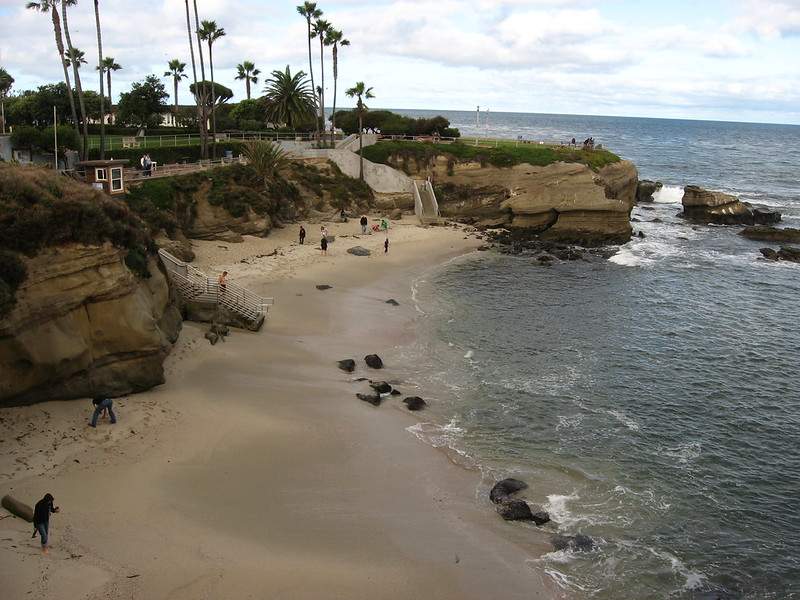
Sea Lion Point offers a pristine natural setting that contrasts beautifully with other easy coastal walks in California:
- La Jolla Beach Trail (San Diego): Warmer southern coast with urban amenities—see our La Jolla Beach Trail guide.
- Crissy Field Promenade (San Francisco): Flat bayfront walk with Golden Gate views—ideal for urban hikers.
Beyond Yosemite: For dramatic waterfall scenery, explore the Lower Yosemite Fall Trail in Yosemite Valley or capture reflective granite vistas on the Mirror Lake Loop for a striking contrast to coastal panoramas.
FAQs About Sea Lion Point Trail
- Is it stroller/wheelchair friendly? Partially—boardwalks and ramps make most of the loop accessible, but some stairs exist near overlooks.
- How long does it take? 30–45 minutes at a relaxed pace with wildlife stops.
- When are sea lions most active? Spring pupping season concentrates activity, but you’ll see them year-round.
- Can you swim or climb down? No—shoreline beaches are protected habitat.
- Are dogs allowed? No pets inside the reserve to protect wildlife and sensitive vegetation.
Final Thoughts on Sea Lion Point Trail
Sea Lion Point Trail embodies the magic of California’s coastal wildlands in just a half-mile loop. Whether you’re introducing children to marine wildlife, seeking dramatic cliffside photography, or simply craving a peaceful escape, this easy trail delivers unforgettable moments. We featured this hike in our Easy Day Hikes in California guide as the ultimate family-friendly coastal adventure.
If you loved the wildlife here, don’t miss the La Jolla Beach Walk for another seaside excursion, or explore shaded canyons and historic ruins on the Fall Creek to Lime Kilns Trail in Santa Cruz. Feeling like granite reflections instead of ocean waves? The Mirror Lake Loop in Yosemite Valley offers arguably the most serene reflective pool hike in the Sierra.
Sea Lion Point proves that some of the best outdoor experiences happen on trails you can complete in under an hour—so grab your binoculars, lace up your sandals, and discover why Point Lobos remains California’s coastal crown jewel.

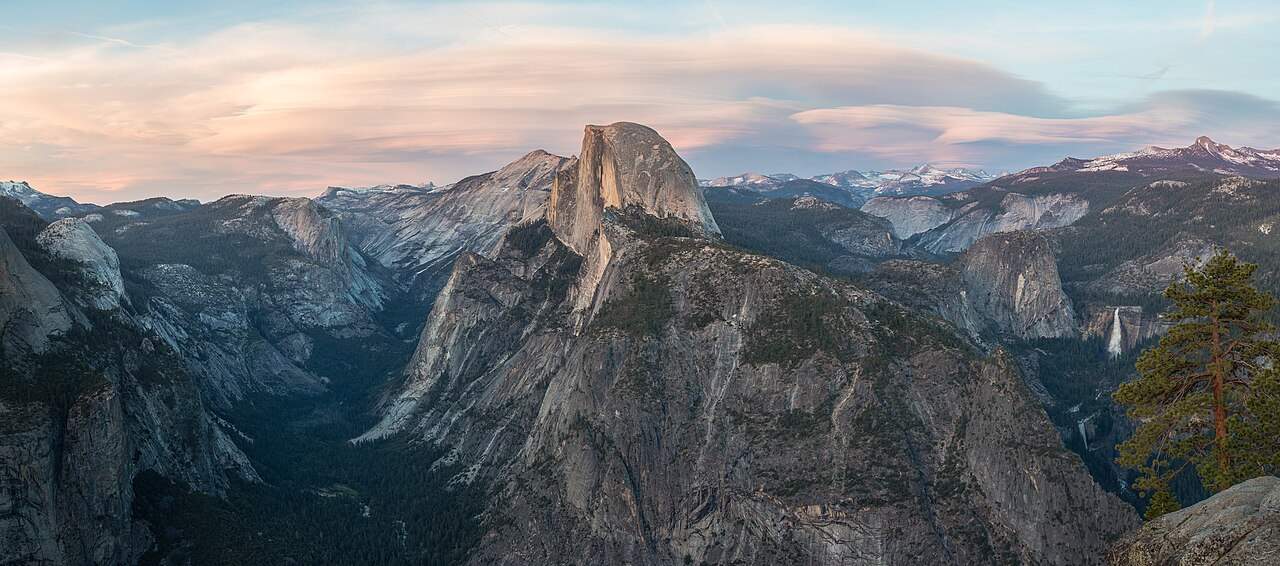

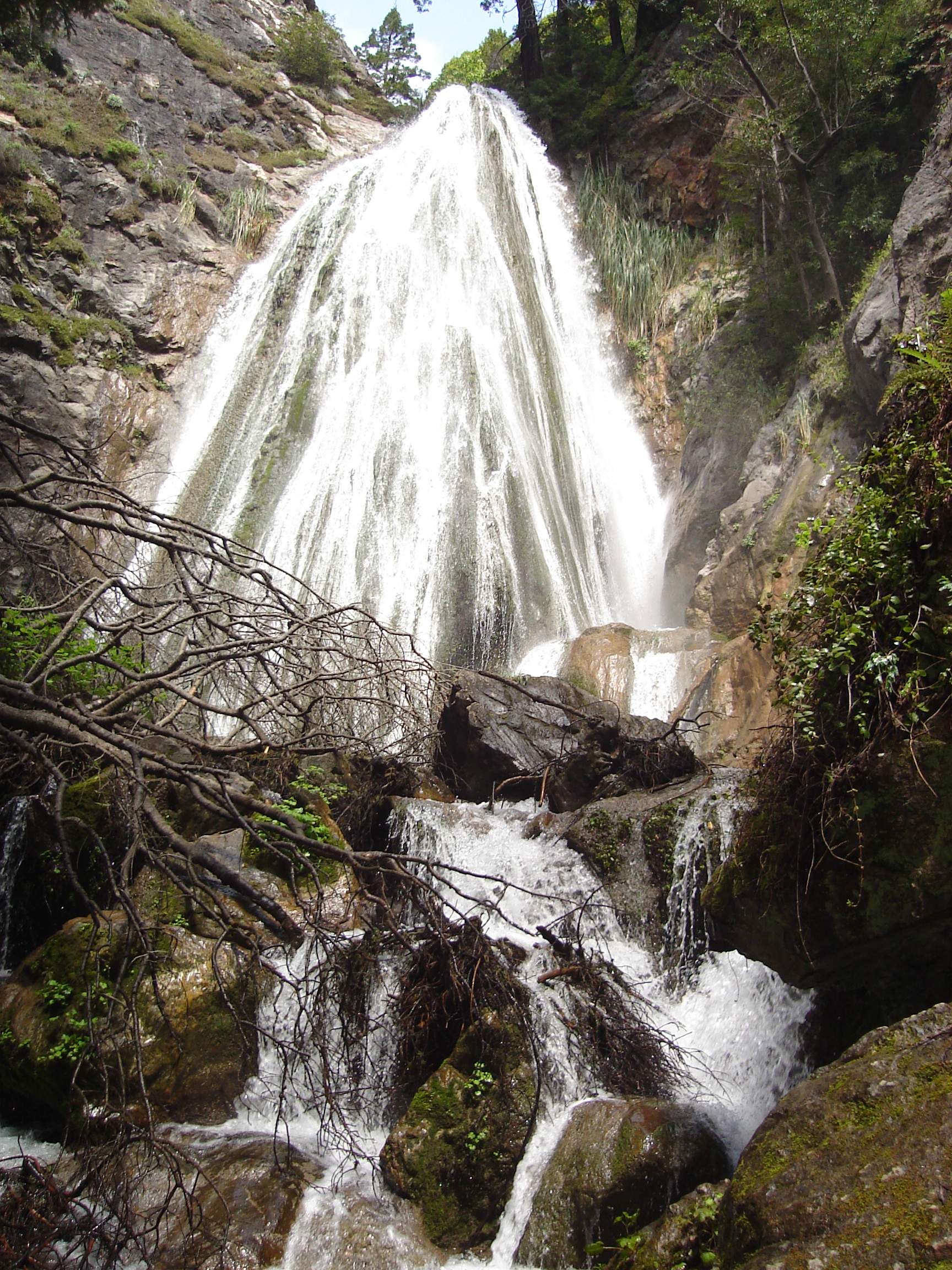
Post Comment